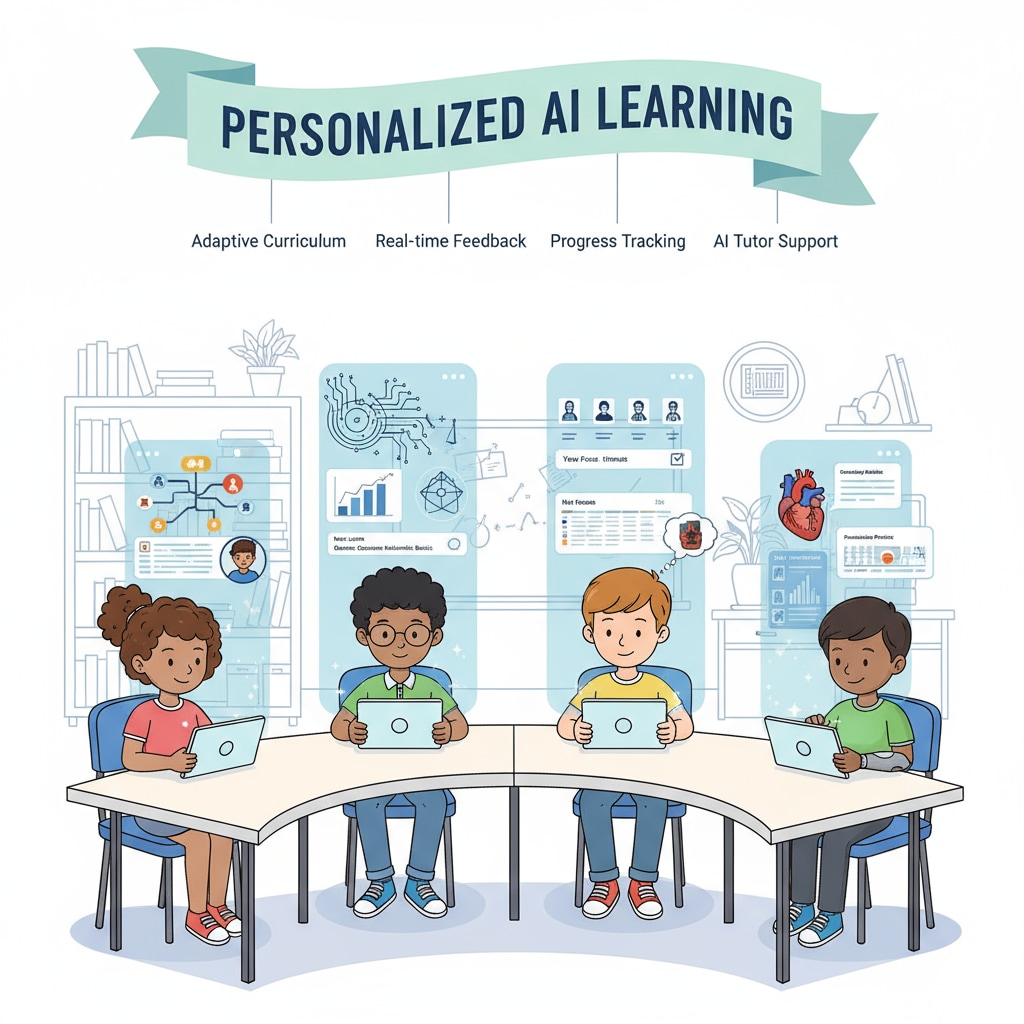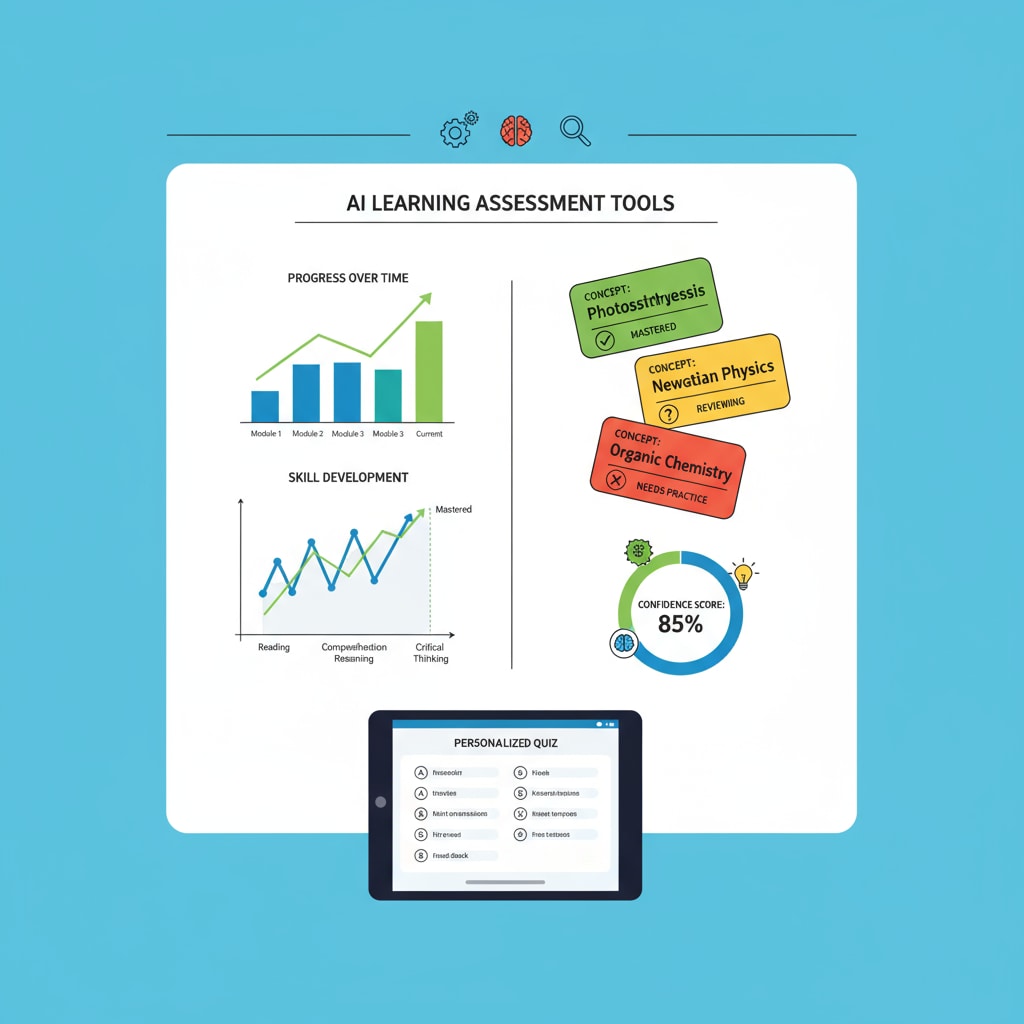In the era of rapid technological advancement, AI learning tools have emerged as powerful assets in the realm of educational technology, offering valuable learning assistance. These tools are revolutionizing K12 education, but choosing the right one for specific learning scenarios can be a daunting task.
Understanding the Landscape of AI Learning Tools
AI learning tools come in a diverse range, each designed with unique features. For example, some are focused on personalized learning experiences. They analyze students’ learning patterns, strengths, and weaknesses to tailor instruction. Khan Academy’s AI – integrated platform is a prime example. Khan Academy uses AI algorithms to recommend relevant lessons based on a student’s performance, providing targeted learning assistance.

Functionality Comparison of AI Learning Tools
One key aspect of AI learning tools is their ability to provide interactive learning experiences. Tools like Duolingo, in language learning, use AI to create dynamic exercises. Duolingo’s AI adapts to the user’s proficiency level, offering more challenging tasks as the learner progresses. In contrast, some tools are more focused on assessment. For instance, Quizlet’s AI – powered flashcards can analyze how well a student is mastering a set of vocabulary or concepts and adjust the review schedule accordingly.

Another important function is the availability of multimedia resources. Many AI learning tools incorporate videos, audio, and interactive graphics. This not only makes learning more engaging but also caters to different learning styles. For example, some science learning apps use 3D models and animations, powered by AI, to explain complex scientific concepts.
When it comes to choosing the most suitable AI learning tool, educators and students need to consider the specific learning goals. Is it to improve academic performance in a particular subject, enhance critical thinking skills, or develop language proficiency? Once the goals are clear, it becomes easier to match the right tool with its corresponding features.
In conclusion, the world of AI learning tools in K12 education is vast and full of possibilities. By understanding the functionality and applicable scenarios of different tools, educators and students can make informed decisions. This will ultimately lead to more effective learning experiences, harnessing the power of educational technology for optimal learning assistance. Readability guidance: As seen above, we have used short paragraphs to present information clearly. Each section focuses on a key aspect of AI learning tools. Transition words like ‘for example’ and ‘in contrast’ help in smooth flow. Lists can be further developed in more detailed discussions, and passive语态 is kept to a minimum.


